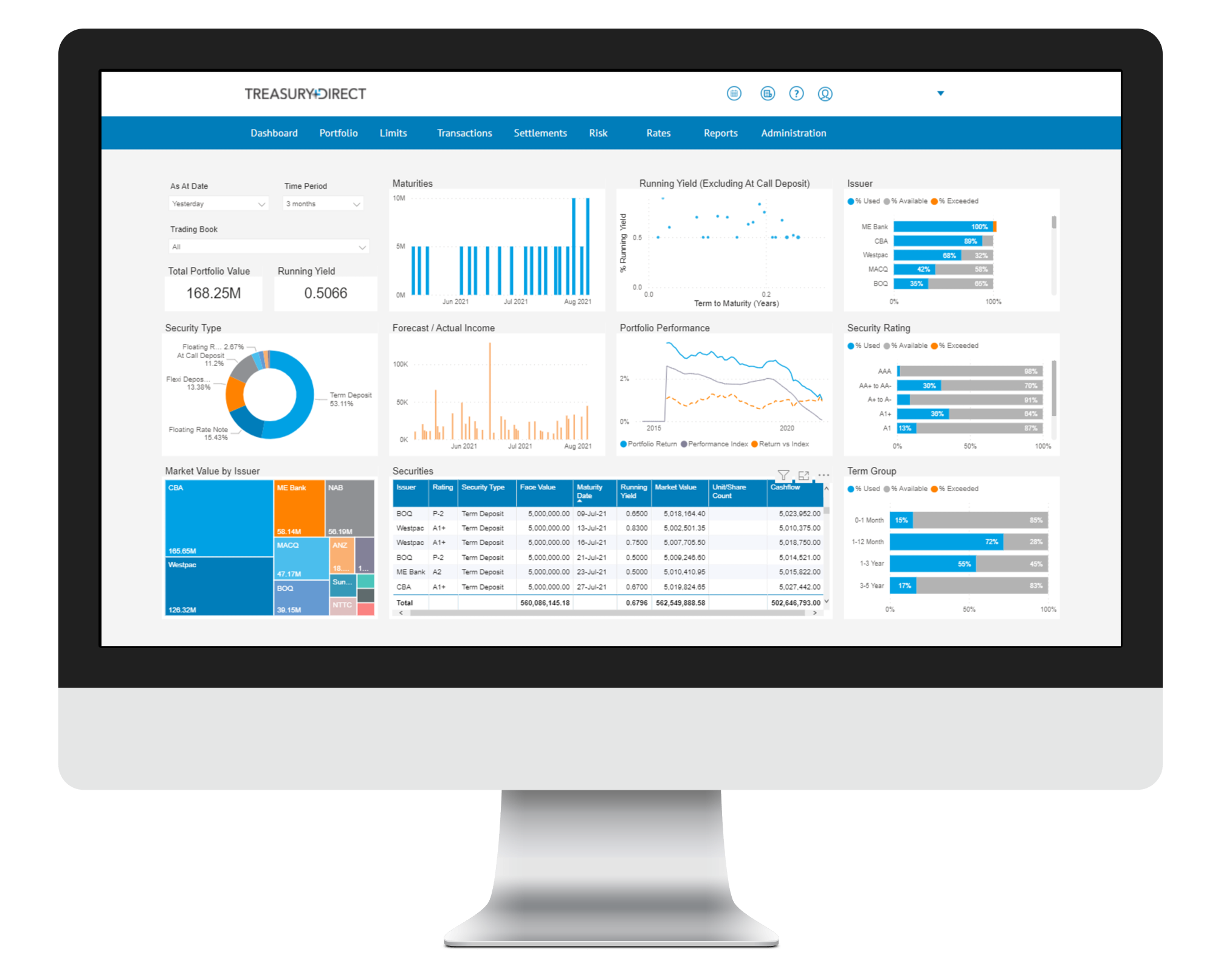Markets Overview
- ASX SPI 200 futures up 0.3% to 8,268.00
- Dow Average little changed at 42,954.00
- Aussie up 0.3% to 0.6682 per US$
- US 10-year yield little changed at 4.1977%
- Australia 3-year bond yield rose 12 bps to 3.93%
- Australia 10-year bond yield rose 16 bps to 4.43%
- Gold spot up 1.0% to $2,748.27
- Brent futures up 2.0% to $75.77/bbl
Economic Events
- 11:00: (AU) Australia to Sell A$800 Million 4.25% 2035 Bonds
Stocks struggled in late hours after downbeat news some key American companies, with traders also mulling prospects for a slower pace of Federal Reserve rate cuts.
A $600 billion exchange-traded fund tracking the S&P 500 (SPY) wavered after the close of regular trading. Texas Instruments Inc., the biggest maker of analog chips, gave a weak outlook even after topping estimates. Starbucks Corp. pulled guidance for 2025 after sales plunged for a third consecutive quarter. McDonald’s Corp. plunged as its Quarter Pounders were linked to an E. coli outbreak in the US.
Equities finished mildly lower, with the S&P 500 seeing its first back-to-back drop in six weeks. Exposure to the gauge has reached levels that were followed by a 10% slump in the past, according to Citigroup Inc. strategists led by Chris Montagu. Long positions on futures linked to the benchmark are looking “particularly extended,” they said.
“We’re not suggesting investors should start to reduce exposure, but the positioning risks do rise when markets get extended like this,” they said.
The S&P 500 was little changed. The Nasdaq 100 rose 0.1%. The Dow Jones Industrial Average was little changed.
Treasury 10-year yields hovered near 4.20%. The euro hit the lowest since early August amid bets the European Central Bank will keep lowering rates. Oil advanced as traders tracked tensions between Israel and Iran. Gold climbed to a fresh record.
Other News
Australia’s wine exports jumped by more than a third, boosted by an increase in shipments to China after the Asian nation lifted tariffs.
The value of shipments in the year through September rose 34% to A$2.4 billion ($1.6 billion), its highest since the 12 months through August 2021, according to Wine Australia. That follows a recovery in supply to China and Hong Kong after Beijing in late March lifted punitive tariffs of as much as 218% on Australian wine put in place three years earlier.
“It will take time before it is evident how Chinese consumers are reacting to having Australian wine back in market,” said Peter Bailey, manager for market insights at Wine Australia. “Despite this recent growth in exports, it is increasingly important to pursue market diversification and defend our share in other wine markets.”
The value of shipments to mainland China increased by A$604 million to A$612 million in the period, while volume jumped by 58 million liters to 59 million liters, according to the Wine Australia report. The value of exports to all other destinations was stable at A$1.78 billion, and fell 3% in volume terms to 585 million liters.

